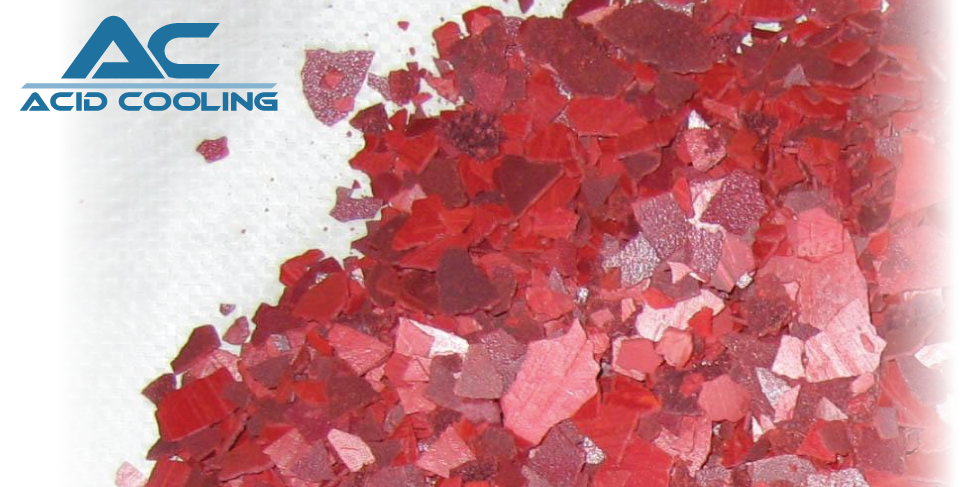The Manufacturing Process of Chromic Acid
Chromic has a complex manufacturing process, and is used in a variety of industries. One use for chromic acid is its involvement in metal finishing. Metal finishing is used in the electroplating and anodizing business. Chromic acid as a sealant for the phosphatizing process and controls the treatment of spot welding of aluminum. The phosphatizing process involves the removal of metal, especially aluminum and steel. Chromic acid is also used for prepping aluminum surfaces to adhere to porcelain enamel. Chromic acid is also used in the pigment industry. Shades of yellow and green are created using chromic acid. Chromic acid can be used in rubber manufactures for cleaning molds as well.
Chromic acid moves through several different steps to become processed and manufactured. Grinding and roasting is the first step. The process starts off with converting chromite ore into a sodium chromate solution. The chromite ore is dried and ground. The ground ore is mixed with soda ash or lime and then blended together. The mix is then heated to 2000-2100° F, mixed and closely monitored for about 4 hours.
The second step is creating sodium chromate. Once the mix is cooled, it is transferred to a container where water is added. The mix is saturated with water and sodium chromate and sodium aluminate are created. A residue, called mud, is dried and found for future mixes. The mud is composed of iron, magnesium, and silicon impurities. The mud is then passed through a filter and removes large amounts of matter and put into a hydrolyzing tank. The sodium chromate solution is added to the mud which creates a crystalized alumina. The alumina is separated through filters, dried, and purified.
The third step of creating chromic acid is to introduce sulfuric acid to the sodium chromate solution. The batch will have about half of the sodium sulfate form. The other part is sent to a centrifuged and then sent back to through the first and second process. From here, bichromate soda crystals are then converted into chromic acid.
The crystals that have gone through steps one-three are fumed with sulfuric acid and an agitator. The acid absorbs the water. Once absorbed the kettle is then heated to 387° F and the water evaporates. The solution is now a molten state. The chromic acid collects at the bottom because it is heavier than the bichromate. The chromic acid is then drawn out and passed through tubes to steel drums.

